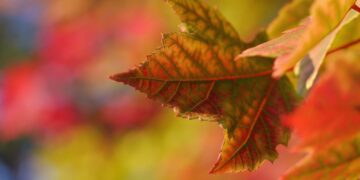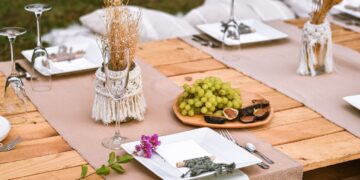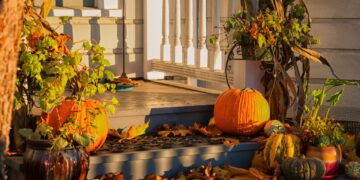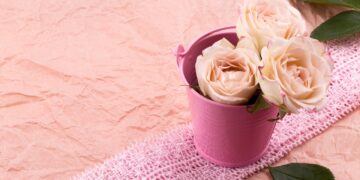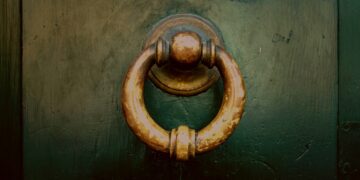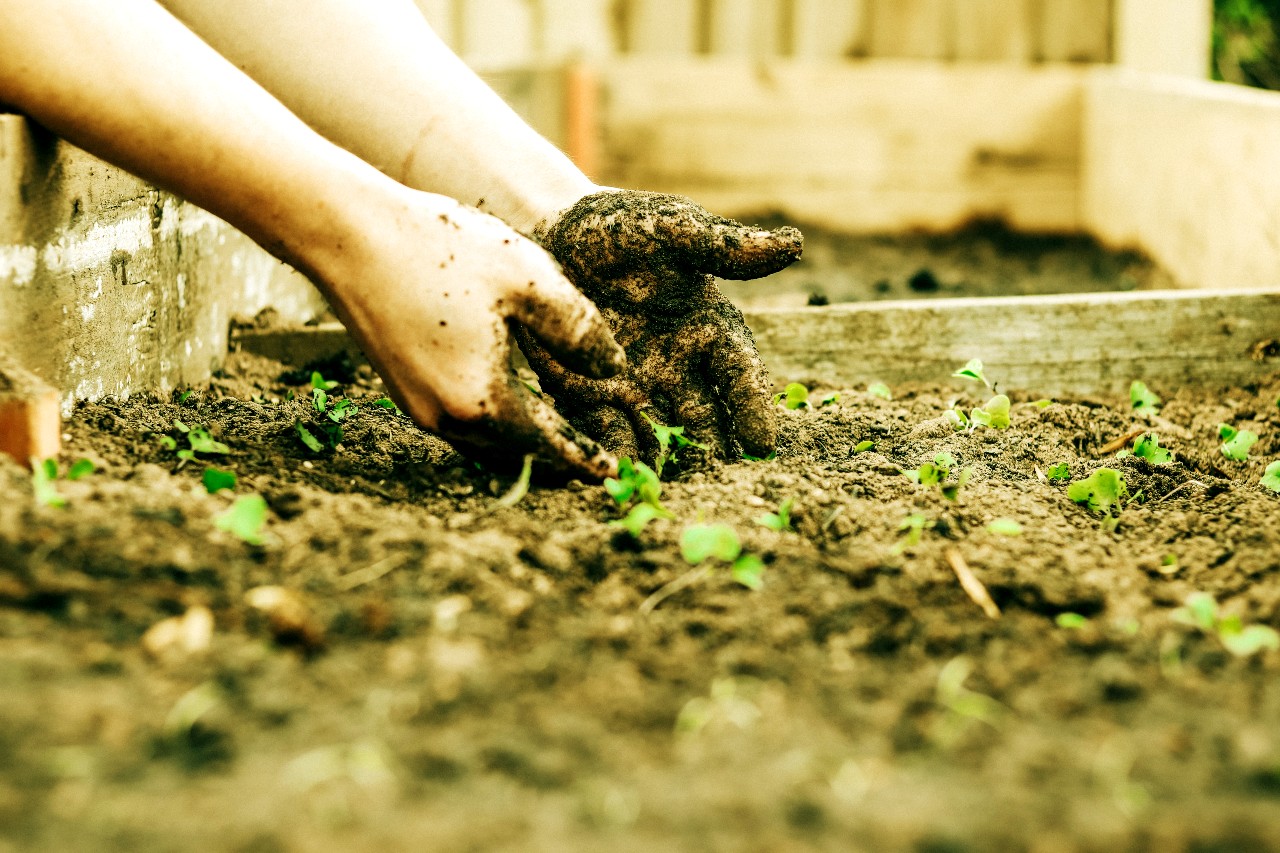If you’re looking for a natural way to fertilize your garden, mulching with straw is an excellent alternative. Straw mulch will keep your soil moist, suppress weeds, and prevent erosion. It also prevents the growth of fungus. Besides these benefits, it also looks lovely! The brown straw covers the dirt in colorful patterns that give your garden a more finished look. But how do you know when to use hay instead of straw? And what are some other ways that you can use this material? Keep reading to learn more!
What is a garden mulch?
A mulch is an organic material used as a protective layer in your vegetable garden. Some examples of mulches are straw, hay, and leaves. There are many reasons why you should use mulch in your vegetable garden. The main reason for using mulch is its ability to help keep the soil healthy and moist.
The best time to put down a mulch is just before the weather starts getting cold, like now! You may have heard that putting down straw around your plants will help protect them from freezing during wintertime but there’s more to it than that! Mulching benefits also include: keeping moisture in the soil preventing weeds from growing keeping soil from drying out protecting against erosion (ease of movement) controlling temperature fluctuations
The benefits of mulching
- Mulch keeps the soil moist, which prevents weeds and keeps your plants more healthy.
- Straw mulch also helps to keep soil temperatures stable, so you won’t have to spend as much time watering in hot or cold weather. This makes it easier for you to care for your vegetables without having to worry about them getting too dry or too wet!
- Mulch can also be used as a barrier against pests like slugs, snails and insects that might want to eat your plants or harm them otherwise by chewing on their leaves or stalks with their sharp teeth (eww!). By putting down some straw around each plant’s base before planting it out in the garden, you’ll prevent these unwanted creatures from sneaking into your yard when they’re looking for something tasty – like lettuce leaves!
- Finally – we know what everyone wants: Erosion control! If you live in an area where there is potential runoff during heavy rains due to rainfall-runoff coming down off hillsides then planting cover crops such as clover overtop of old cow pastures will help reduce erosion because it acts as a sponge soaking up excess water instead of letting it pour through cracks between stones below ground level where roots aren’t able grow yet strong enough hold back trees falling against them during storms which happens all too often here in Colorado Springs.”
How to mulch
Do not apply straw directly to the soil. Instead, place it in a layer that covers the soil and extends out about 1-2 inches. This will help prevent weeds from growing, while providing an insulating effect that can decrease water evaporation in your garden by up to 90%.
Other things you can use for mulching.
It’s important to note that straw—though an excellent mulch—is not the only option. Other materials you can use include leaves, grass clippings, compost and bark.
Straw is a good mulch because it is free, easy to find and easy to use. It also decomposes slowly so it doesn’t need to be replenished often.
Straw vs hay
If you’re wondering what the difference is between straw and hay, they are both byproducts of the grain industry. Hay is typically made from grasses like alfalfa or timothy and it’s used as animal feed or mulch. Straw comes from cereal grains like wheat and oats, which is mostly used for composting (although a little bit goes a long way).
There are several reasons why hay might be your best bet for mulching: You can find it locally at many farms; it breaks down into organic matter more quickly than straw does; it has higher nutritional value for plants, and you don’t have to worry about whether or not your gardeners are allergic to its pollen!
Bales of straw
This is a fairly simple question to answer. Bales of straw can be stored in the same way that hay is stored, but you don’t need to worry about them getting wet and moldy as hay does.
It’s important to point out that not all bales are created equal. If you buy bales from a local feed store or farmer near where you live, they’re probably going to be cheaper than if you buy them online or from some other distant location. The quality may also be better since the farmers selling locally usually have higher standards for their products than those who sell online-only (and who knows what kind of handling their materials have gone through?).
If you do decide it’s worth it for your situation though there are many options available: straw on rollers (also known as “straw log”), round bales (either loose or wrapped), square bales wrapped loosely in a plastic…the list goes on!
There are plenty more ways besides just gardening though so let’s go over some more popular uses first before getting into how this might affect your plants’ health later down the line when mulching with straw becomes necessary again after harvest season ends next fall
Straw as a soil amendment
Straw is an excellent addition to your soil. It’s a great way to amend the soil and improve its structure, aeration, drainage, and water-holding capacity. Straw has the ability to break up heavy clay soils while also improving sandy soils by adding organic matter, which improves drainage while also increasing nutrients in the soil.
In addition to being good at improving soil health and fertility, straw is also great at adding carbon and nitrogen back into the ground as well as acting as a slow-release fertilizer that helps maintain plant health over time. Overall, straw is a great tool when it comes to mulching with straw because of its many benefits for your garden!
Do’s and Don’ts of mulching
- Don’t use hay that has been grown with herbicides, or is dusty and moldy
- Do use straw that is clean and finely chopped
- Don’t forget to water your plants regularly if you’re using straw as a mulch – it can dry out quickly in hot weather!
Use straw as an organic and sustainable method for a beautiful garden.
Straw is a great mulch for your vegetable garden. It’s a great organic material and can be used as an excellent soil amendment, keeping moisture in the soil and preventing weeds from growing. Straw also adds beauty to your garden, so it’s good for aesthetic reasons as well.
Conclusion
We hope this article has ignited your excitement for mulching with straw. Inorganic mulches can harm the environment and take away from soil health by preventing much-needed nutrients from cycling through. That’s why, when you’re looking for a mulch, it makes sense to choose one that will break down into the soil or compost pile over time, rather than polluting our water systems and clogging up landfills.

